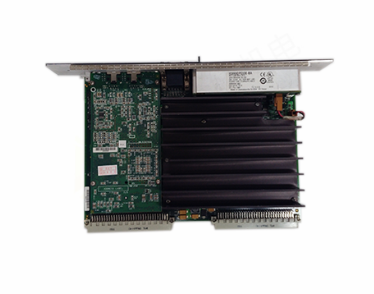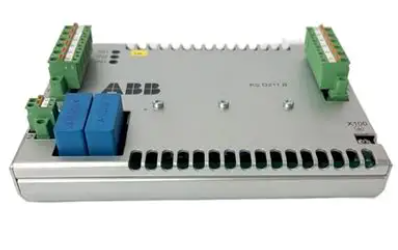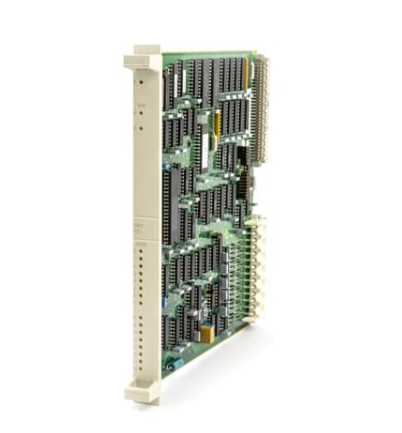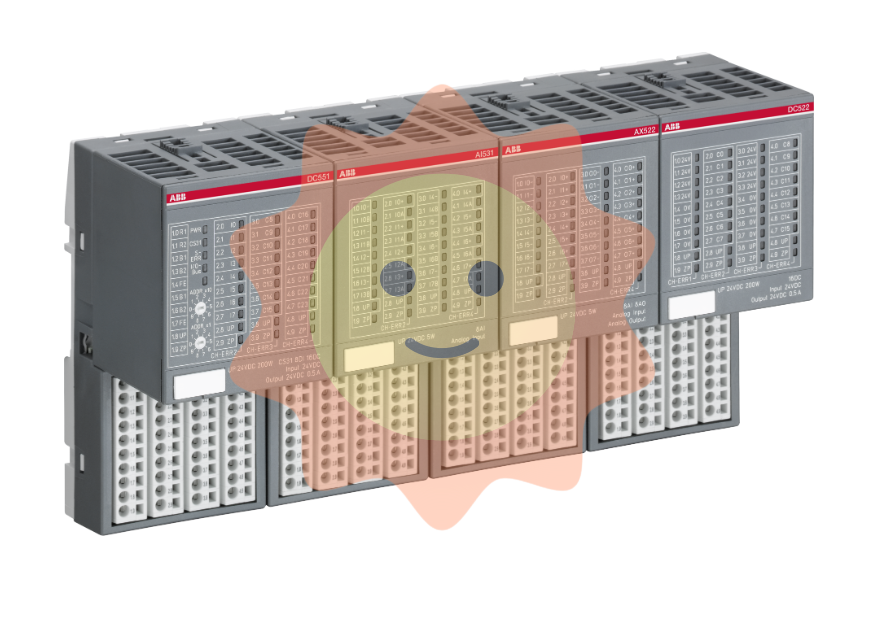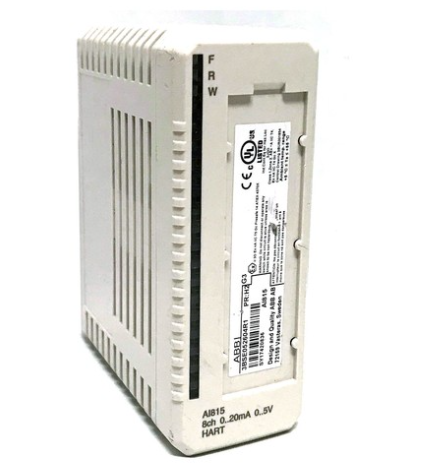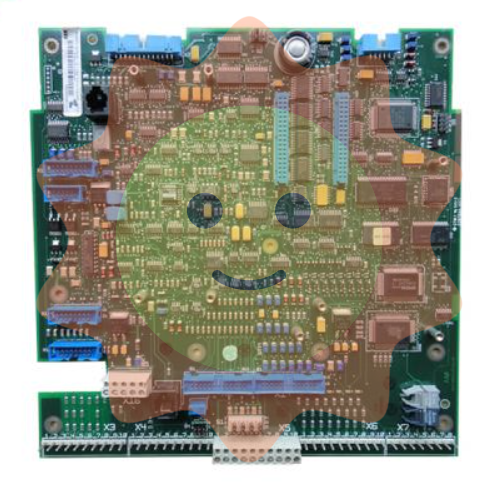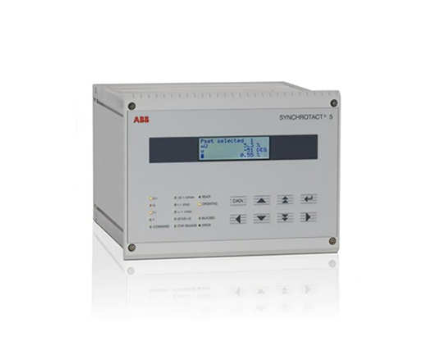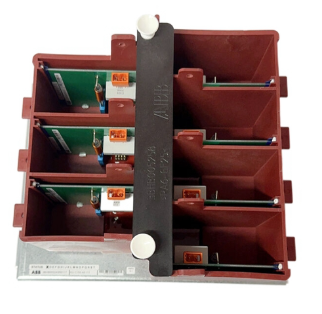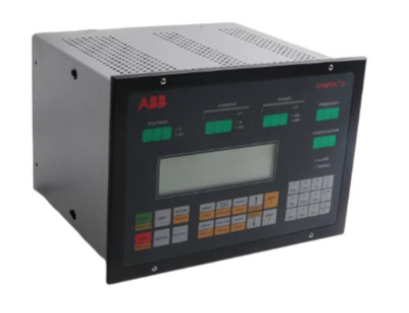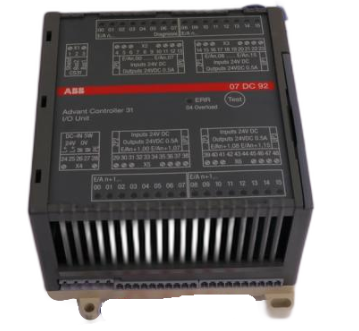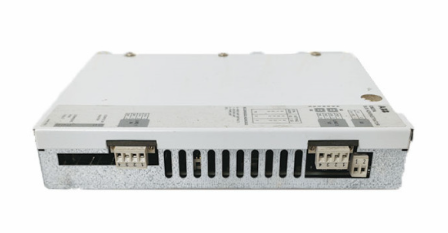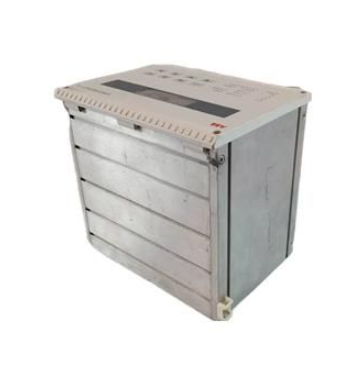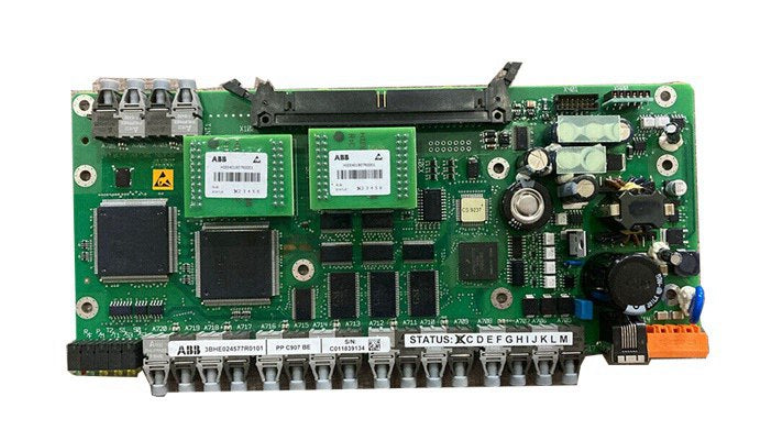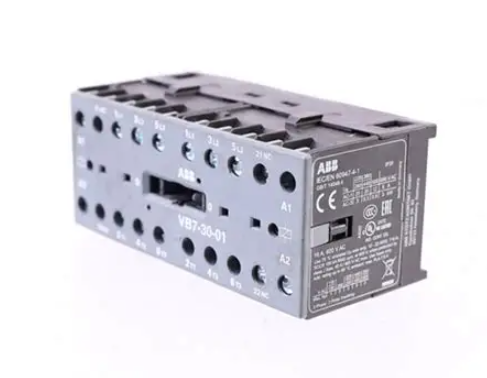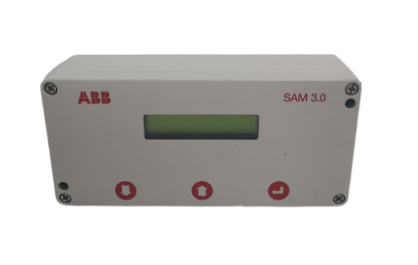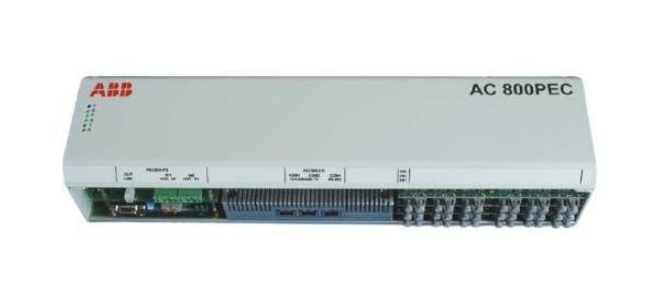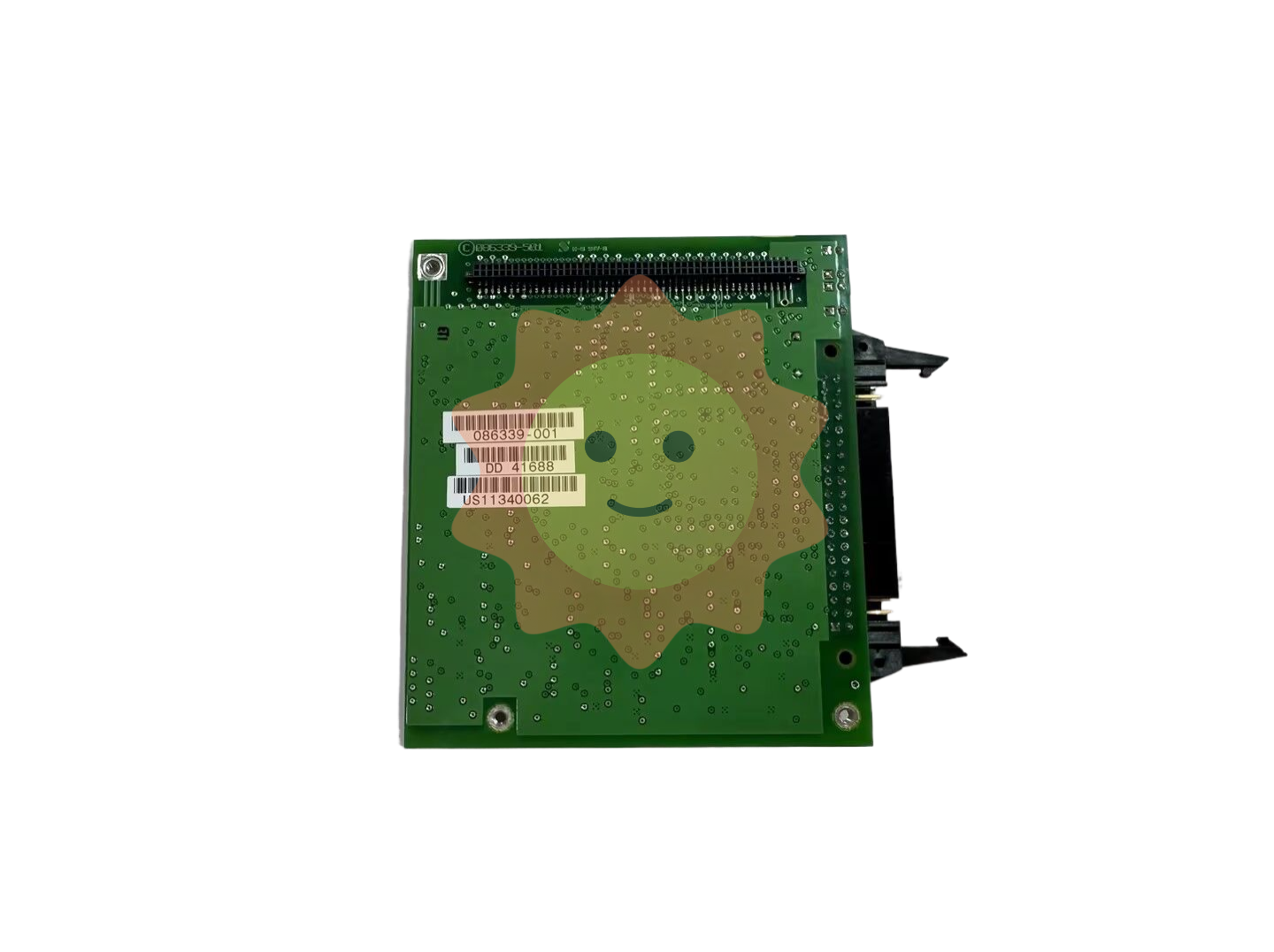ABB PDD205A0121 control module
ABB PDD205A0121 control module
Product Overview
The ABB PDD205A0121 control module is a device that plays a key role in the field of industrial automation. It is carefully designed for precise control and management of the operation of various electrical systems, and is widely compatible with ABB's various controllers, PLCs (programmable logic controllers), and other complex electrical equipment. In many scenarios such as automated production lines, robot control, and industrial automation, its stable operation can be seen, and it is one of the core components that ensure the efficient and stable operation of industrial systems.
Brand background
ABB, as a leading global enterprise in the fields of power and automation technology, possesses profound technological accumulation and outstanding innovation capabilities. Its business scope spans over 90 countries worldwide, with extensive and in-depth layouts in key areas such as energy, industry, transportation, and infrastructure. For many years, ABB has always adhered to high investment in technology research and development, constantly innovating, and providing a large number of leading digital solutions to global customers with precise grasp of industry trends and profound understanding of customer needs. In the field of electrical control equipment, ABB has established a high brand reputation with reliable product quality and excellent service. Its products are trusted and selected by many industry customers, becoming an important force in promoting automation processes in various industries.

Specification parameters
Storage temperature range: -40 to 185 degrees Fahrenheit (approximately -40 ℃ to 85 ℃). Within this temperature range, the module can be safely stored, and even if stored in extreme environments for a long time, it can ensure that the internal electronic components are not damaged, ensuring normal use in the future.
Operating temperature range: 32 to 140 degrees Fahrenheit (approximately 0 ℃ to 60 ℃), this temperature range covers the temperature conditions of most industrial production environments, ensuring that the module will not experience performance degradation or failure due to environmental temperature fluctuations during actual operation, and will always maintain a stable working state.
User memory capacity: up to approximately 16000 words can be stored, with sufficient storage space to meet the storage needs of complex control programs and large amounts of data, making it convenient for users to store and call various control logic and operational data.
Program scanning time: Scanning the entire unit of the program takes at least 0.9 milliseconds. Such a fast scanning speed allows the module to respond promptly to various signal changes in the system, greatly improving the control accuracy and real-time performance of the system.
Core functions
Digital signal processing: capable of efficiently processing various digital signals, quickly parsing and executing input digital instructions, achieving precise control of electrical equipment, such as precise control of motor start stop, speed adjustment, etc., ensuring that equipment operation meets predetermined production processes and process requirements.
Communication function: It has powerful communication capabilities and can interact with various external devices for data exchange. Through standard communication interfaces such as Ethernet, Modbus, etc., stable communication connections can be easily established with the upper computer, other control modules, as well as on-site sensors, actuators, and other devices, achieving fast data transmission and sharing, thus forming an organic whole and collaborative work of the entire industrial control system.
Logic control: It can comprehensively analyze and judge input signals based on preset logic rules, and then output corresponding control signals. In industrial production, it is commonly used to achieve complex process control, such as on automated assembly lines, controlling the coordinated operation of equipment at various workstations based on the different process steps and testing results of the product to ensure high-quality production of the product.
Working principle
When an external signal is input to the ABB PDD205A0121 control module, it first goes through a signal conditioning circuit to filter, amplify, and preprocess the signal to ensure that the input signal meets the processing requirements of the internal circuit of the module. Subsequently, the signal enters the digital signal processor (DSP), which performs high-speed operations and logical judgments on the signal based on pre written and stored control programs in the user's memory. The processed signal is then converted into control signals suitable for driving external devices through output circuits, such as voltage, current signals, etc., thereby achieving precise control of actuators such as motors, relays, solenoid valves, etc. Throughout the entire process, the module will also monitor its own operating status and feedback signals from external devices in real time. Once any abnormalities are detected, corresponding protective measures will be taken immediately, such as alarms, shutdowns, etc., to ensure the safe and stable operation of the system.
- EMERSON
- Honeywell
- CTI
- Rolls-Royce
- General Electric
- Woodward
- Yaskawa
- xYCOM
- Motorola
- Siemens
- Rockwell
- ABB
- B&R
- HIMA
- Construction site
- electricity
- Automobile market
- PLC
- DCS
- Motor drivers
- VSD
- Implications
- cement
- CO2
- CEM
- methane
- Artificial intelligence
- Titanic
- Solar energy
- Hydrogen fuel cell
- Hydrogen and fuel cells
- Hydrogen and oxygen fuel cells
- tyre
- Chemical fiber
- dynamo
- corpuscle
- Pulp and paper
- printing
- fossil
- FANUC
- Food and beverage
- Life science
- Sewage treatment
- Personal care
- electricity
- boats
- infrastructure
- Automobile industry
- metallurgy
- Nuclear power generation
- Geothermal power generation
- Water and wastewater
- Infrastructure construction
- Mine hazard
- steel
- papermaking
- Natural gas industry
- Infrastructure construction
- Power and energy
- Rubber and plastic
- Renewable energy
- pharmacy
- mining
- Plastic industry
- Schneider
- Kongsberg
- NI
- Wind energy
- International petroleum
- International new energy network
- gas
- WATLOW
- ProSoft
- SEW
- wind
- ADVANCED
- Reliance
- YOKOGAWA
- TRICONEX
- FOXBORO
- METSO
- MAN
- Advantest
- ADVANCED
- ALSTOM
- Control Wave
- AB
- AMAT
- STUDER
- KONGSBERG
- MOTOROLA
- DANAHER MOTION
- Bently
- Galil
- EATON
- MOLEX
- Triconex
- DEIF
- B&W
- ZYGO
- Aerotech
- DANFOSS
- KOLLMORGEN
- Beijer
- Endress+Hauser
- MOOG
- KB
- Moxa
- Rexroth


Email:wang@kongjiangauto.com



